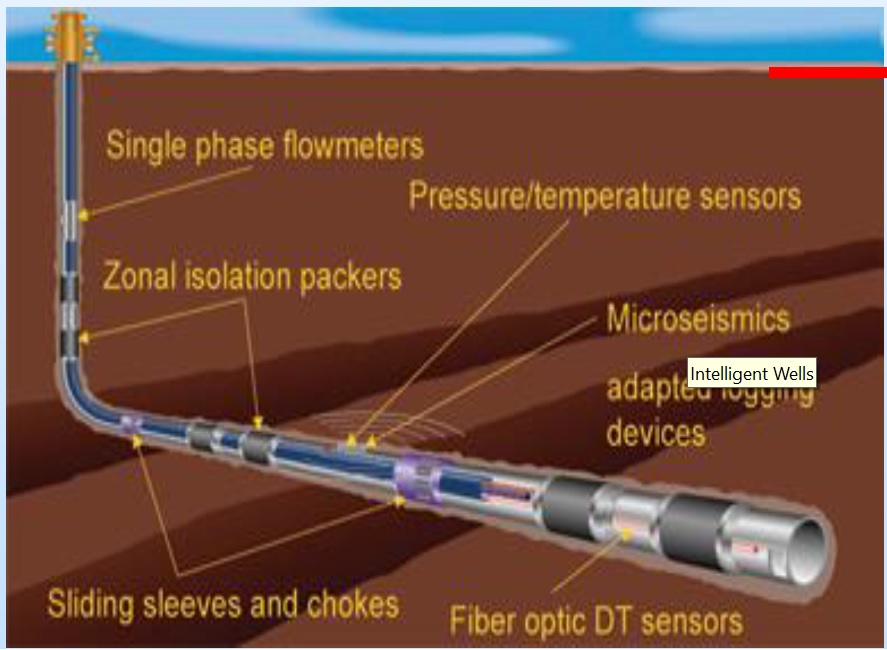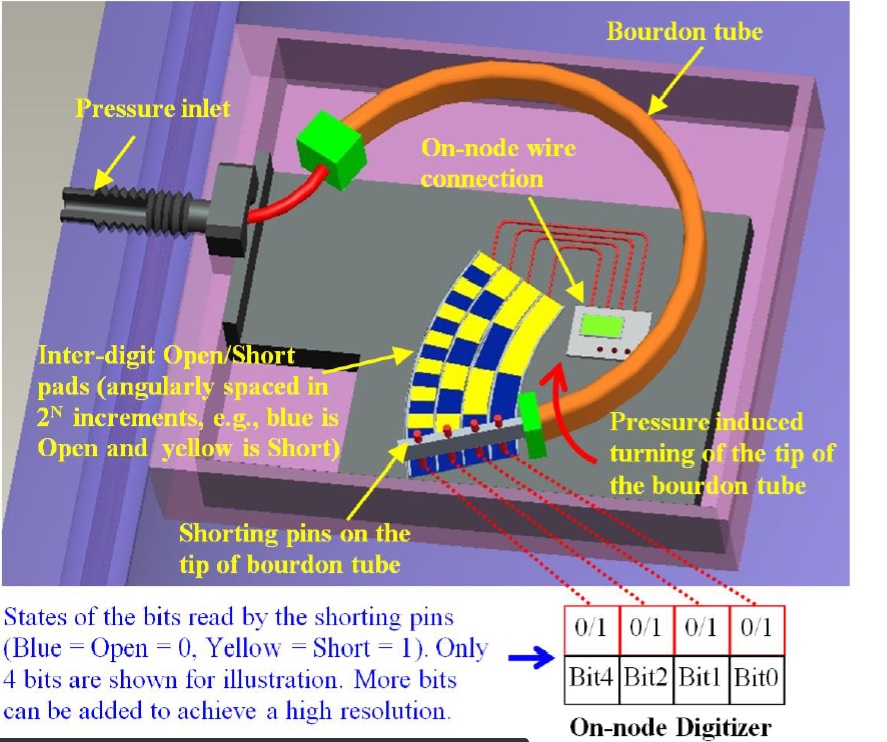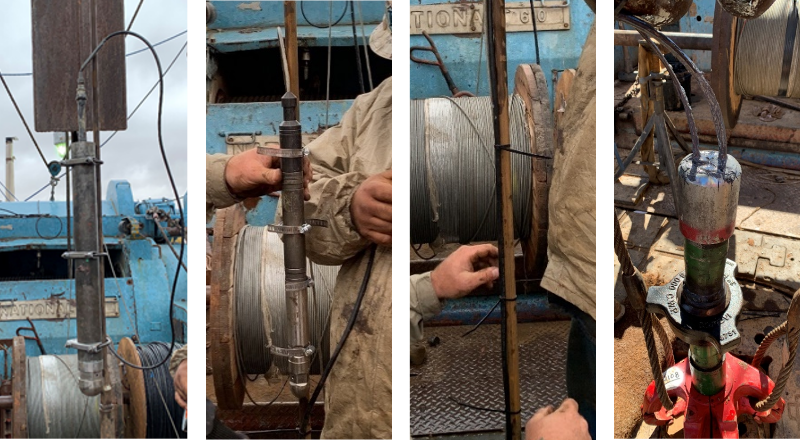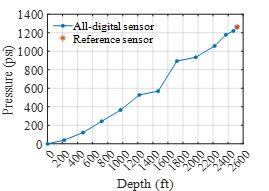About
News and Events
Research and Programs
Featured Initiatives Advanced Alloys Signature Center (AASC) Center for Fuels and Chemicals (CFC) Center for Microwave Chemistry (CMC) Coal for High-Value Products Critical Minerals and Materials Natural Gas Science-based Artificial Intelligence and Machine Learning Institute (SAMI) Subsurface Science Turbine System Optimization
Major Fossil Energy Programs Carbon Management Resource Sustainability
Core Competencies Computational Science and Engineering Energy Conversion Engineering Geological and Environmental Systems Materials Engineering and Manufacturing Strategic Systems Analysis and Engineering Program Execution and Integration
Core Competencies Computational Science and Engineering Energy Conversion Engineering Geological and Environmental Systems Materials Engineering and Manufacturing Strategic Systems Analysis and Engineering Program Execution and Integration
Energy Technology Development Office of Energy Efficiency and Renewable Energy Battery Workforce Initiative Cybersecurity, Energy Security, and Emergency Response Office of Electricity
University Training & Research Historically Black Colleges and Universities and Minority Serving Institutions Program University Carbon Research Program
University Training & Research Historically Black Colleges and Universities and Minority Serving Institutions Program University Carbon Research Program
Business
Library
Explore our Library

Approved Categorical Exclusions Environmental Assessments Environmental Impact Statements Oil and Gas Projects Summaries NETL Fact Sheets Publication Search Energy Data Exchange (EDX) FECM External R&D Final Technical Reports Project Landing Page Summary Information for External R&D Awards NETL R&D Publication Search Peer Review Reports
- Research and Programs
- Featured Initiatives
- Core Competencies
- Core Competencies
- Energy Technology Development
- University Training & Research
-
- Business
- Technology Transfer
-
- Library
- Energy Analysis
-
- About
- News and Events
- Education



 Despite the growing supply from alternative energy sources, we will still rely on fossil fuels for most of our energy needs in 2050. Over the past decade, UOG development has dramatically increased US production of oil and natural gas. Based on the EIA’s 2018 Annual Energy Outlook, these trends are expected to continue through 2050 when UOG resources are projected to contribute 70.1% of total U.S. oil production and 76.1% of total U.S. natural gas production. UOG development became possible and profitable due to technological advancements in extended-lateral horizontal drilling and multistage high-volume hydraulic fracturing. However, UOG developments are extremely cost sensitive and marginally economical in many instances. The recovery efficiency of UOG is despairingly low, perhaps 20% in gas-rich shale reservoirs and less than 10% in liquid-rich plays. The reasons for the lack of economics in many UOG resources are due to the heterogeneity of the reservoir rock, petroleum fluids characteristics, cost of well construction, and how hydraulic fracturing is performed. Due to the lack of knowledge, information, technological and economical limitations, the full potential of US UOG resources has yet to be realized. Technology advancements to recover UOG resources are critical in maintaining future US oil and gas production levels.
Despite the growing supply from alternative energy sources, we will still rely on fossil fuels for most of our energy needs in 2050. Over the past decade, UOG development has dramatically increased US production of oil and natural gas. Based on the EIA’s 2018 Annual Energy Outlook, these trends are expected to continue through 2050 when UOG resources are projected to contribute 70.1% of total U.S. oil production and 76.1% of total U.S. natural gas production. UOG development became possible and profitable due to technological advancements in extended-lateral horizontal drilling and multistage high-volume hydraulic fracturing. However, UOG developments are extremely cost sensitive and marginally economical in many instances. The recovery efficiency of UOG is despairingly low, perhaps 20% in gas-rich shale reservoirs and less than 10% in liquid-rich plays. The reasons for the lack of economics in many UOG resources are due to the heterogeneity of the reservoir rock, petroleum fluids characteristics, cost of well construction, and how hydraulic fracturing is performed. Due to the lack of knowledge, information, technological and economical limitations, the full potential of US UOG resources has yet to be realized. Technology advancements to recover UOG resources are critical in maintaining future US oil and gas production levels.


